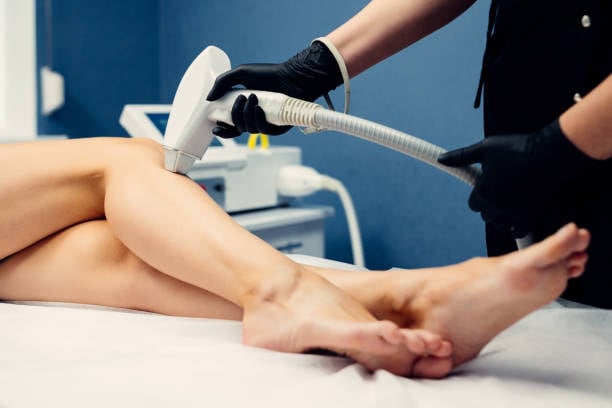Laser hair removal is a popular cosmetic procedure known for its effectiveness in removing unwanted hair. However, like any medical treatment, it comes with its own set of risks and considerations, including the potential for burns and the recovery time associated with them. Understanding these aspects is crucial for anyone considering the procedure. This blog aims to provide an informative overview of what to expect regarding burns from laser hair removal and how to manage recovery time effectively.
Understanding Laser Hair Removal
What is Laser Hair Removal?
Laser hair removal is a method that uses concentrated light to target and destroy hair follicles, preventing future hair growth. The procedure is favored for its precision and long-lasting results compared to traditional hair removal methods.

How Does It Work?
During the treatment, a laser emits a beam of light that is absorbed by the pigment in the hair. The light energy is converted into heat, which damages the hair follicle and inhibits its ability to produce hair.
Risks of Laser Hair Removal
Common Side Effects
Most people experience minor side effects after laser hair removal. These include temporary redness, swelling, and discomfort in the treated area. These effects generally resolve on their own within a few hours to days.
Potential for Burns
Though rare, burns can occur if the laser is not properly calibrated or if the skin is not adequately protected. Burns are typically a result of excessive heat or incorrect laser settings.
Signs of Burns from Laser Hair Removal
Identifying Burns
Burns from laser hair removal can present as redness, blistering, or peeling of the skin. Severe burns may cause significant discomfort and could lead to scarring if not properly treated.
Immediate Actions
If you suspect a burn, it is crucial to take immediate action. Avoid exposing the affected area to heat or sunlight and consult a professional for advice on appropriate care.
Managing Recovery Time
Initial Care Steps
Immediately after a laser hair removal session, applying a cool compress to the affected area can help alleviate pain and reduce swelling. Over-the-counter pain relievers may also be used if necessary.
Long-Term Care
For optimal recovery, keep the treated area clean and moisturized. Avoid using harsh skin products or engaging in activities that could irritate the skin, such as vigorous exercise or sun exposure.
When to Seek Professional Help
If you experience severe symptoms such as intense pain, large blisters, or signs of infection, it is important to seek professional medical advice. Prompt treatment can prevent complications and promote faster healing.
Preventing Burns During Laser Hair Removal
Choosing the Right Practitioner
One of the most effective ways to prevent burns is to ensure that you choose a reputable provider with experience in laser hair removal. Proper training and equipment calibration are essential to minimize risks.
Pre-Treatment Care
Following pre-treatment guidelines, such as avoiding sun exposure and not using certain skin products, can help prepare your skin and reduce the risk of adverse reactions.
Post-Treatment Precautions
Adhering to post-treatment care instructions provided by your practitioner can help prevent burns and ensure a smoother recovery process.
Recovery Timeline
What to Expect in the First Week
In the first week following laser hair removal, you may experience redness and swelling. These symptoms should gradually subside within a few days. It is important to avoid scratching or picking at the treated area to prevent irritation.
Ongoing Care
For the following weeks, continue to monitor the treated area for any signs of complications. Use gentle skin care products and avoid activities that could exacerbate any symptoms.
Full Recovery
Complete recovery from a burn related to laser hair removal can take several weeks to a few months, depending on the severity of the burn. Patience and proper care are key to achieving the best results.
Conclusion
Laser hair removal is an effective and popular treatment for removing unwanted hair, but it is essential to be aware of the potential risks, including burns. By understanding the signs of burns, managing recovery effectively, and taking preventative measures, you can enhance your experience and minimize complications. If you have any concerns or experience severe symptoms, seeking professional advice is crucial for a safe and successful recovery. Explore more

